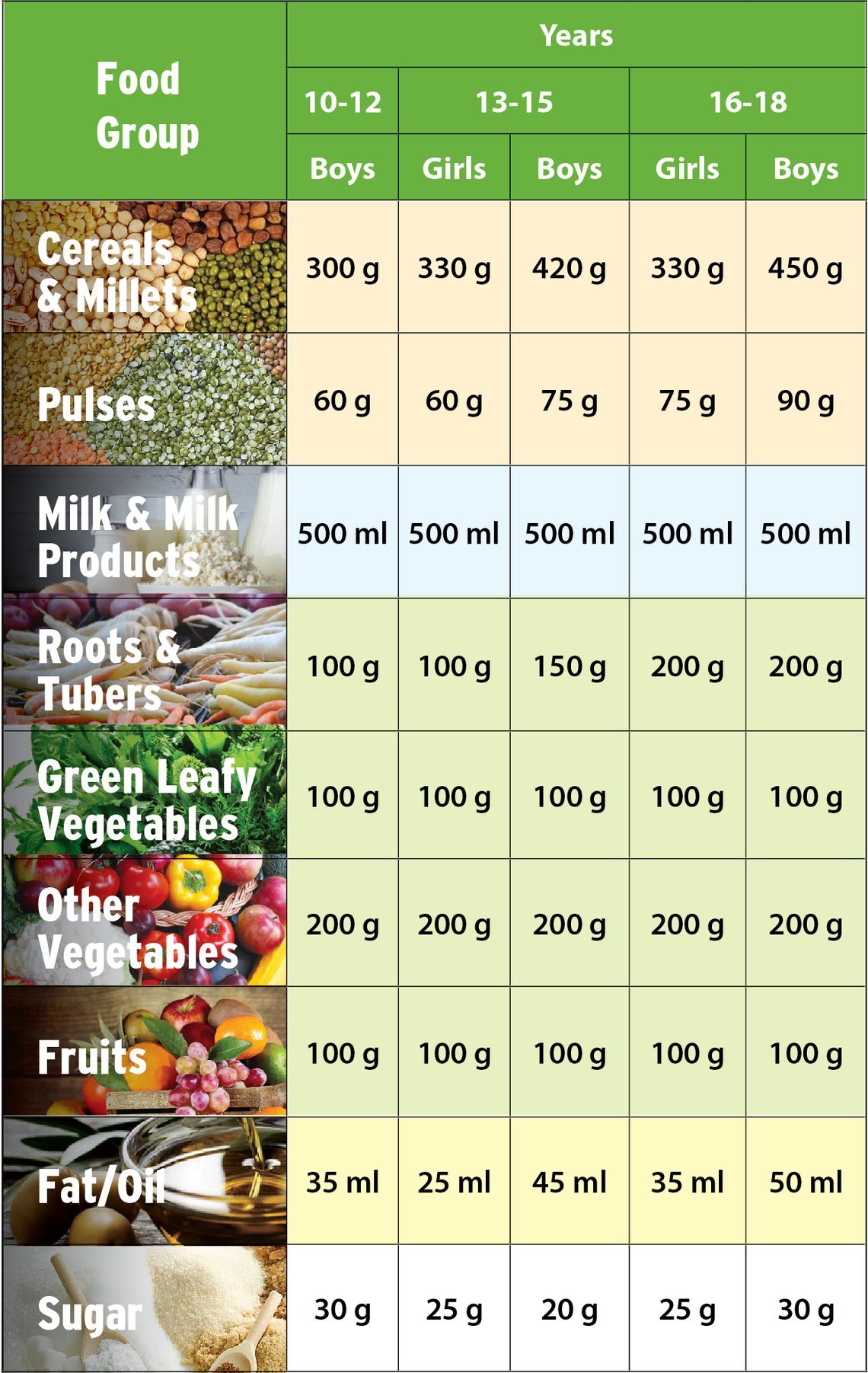
Healthy eating habits will help you reduce the risk of developing chronic diseases and maintain a healthy weight. Include nutrient-dense food, which is rich in essential vitamins or minerals.
However, processed foods can contain additives, fats, sugars, preservatives, and other ingredients. Although they can be more convenient than whole foods, they are often less nutritious than whole foods. The United States Department of Agriculture (USDA), recently published updated Dietary Guidelines 2020-2025. These guidelines are intended to encourage Americans to adopt a healthy eating pattern.
Healthy eating doesn't have to be difficult. The basics are simple, but they can help you protect your health and lose weight. These are some of the most important concepts that you need to remember.

A healthy eating style is one that combines foods that satisfy your nutritional requirements without exceeding your calorie limits. This eating pattern includes fruits, vegetables and whole grains as well as other nutrient-dense foods. These foods contain all the nutrients that your body requires. These foods will keep the hunger at bay and make you feel fuller longer. You should also include protein in your diet. Lean meats and plant-based protein should be your mainstay. Also, you should consume calcium and potassium.
A healthy eating style includes including fruits and vegetables in every meal. Fresh fruits, vegetables and other healthy foods will compliment your meal and fill you up. This will prevent you from snacking throughout your day. To add some flavor, frozen fruits can be served alongside your meal.
The MyPlate guide suggests cutting back on foods high in saturated fats and added sugars. Reduce your intake of sodium. It is important to include dairy and other protein sources in your meal. This includes poultry, fish, and legumes.
Healthy fats are important in addition to fruits, vegetables. These healthy fats can be found in avocados, olive oil, nuts, and other healthy foods. These fats are good alternatives to trans fats. You can also include dietary fiber or potassium to your diet. These ingredients help support blood vessel health, which can help lower your risk of chronic disease.

Healthy eating habits can help reduce the risk of binge-eating. These habits can help you avoid the 3pm fog. Eating healthy can also help you stay alert and avoid craving "bad" foods. Home cooking can help you make better food choices. Plan your meals in advance so you have leftovers to use for lunch the next day.
There are many ways to achieve a healthy eating pattern, but you can also adapt it to fit your lifestyle and budget. When creating your own eating habits, you should consider your preferences, cultural traditions, and personal tastes. While it can take some time to learn how best to eat healthily, you can make a start on living a healthier lifestyle with just a little practice.
FAQ
What can I do to boost my immune system?
There are trillions of cells in the human body. These cells combine to form organs or tissues that serve specific functions. When one cell dies, another cell replaces it. Chemical signals, called hormones, allow cells to communicate with each other. Hormones control all bodily functions, including growth, development, metabolism, immunity and immune system.
Hormones are chemicals secreted by glands throughout the body. They are chemicals that travel through the bloodstream and function as messengers to control how our bodies work. Some hormones are produced in the body, while others are created outside.
Hormone production starts when hormone-producing cells release their contents into your bloodstream. Once hormones are released, they move through the body to reach their target organ. In some cases, hormones remain active only for a short period of time. Other hormones remain active longer and still have an influence on the body's functioning long after they leave bloodstream.
Some hormones may be produced in large numbers. Others are only produced in very small quantities.
Certain hormones can only be produced at specific times in life. Estrogen, for example, is produced in puberty as well during pregnancy, menopause, old age, and after menopause. Estrogen aids women in developing breasts, maintaining bone density and preventing osteoporosis. It helps to stimulate hair growth and maintains skin's softness.
Why should we have a healthy lifestyle to begin with?
Healthy lifestyles lead to happier and longer lives. Good nutrition, exercise regularly, good sleep habits, and stress control can help you avoid diseases such as heart disease and stroke.
A healthy lifestyle can also help improve mental health and make it easier to deal with everyday stressors. A healthy lifestyle will increase self confidence, and it will make us feel younger.
What is the ideal weight for my height? BMI calculator & chart
Use a BMI calculator to determine how much weight is needed to lose. A healthy BMI range lies between 18.5 and 24,000. If you want to lose weight, then you should aim to drop about 10 pounds per month. Simply enter your weight and height into the BMI calculator.
Check out this BMI chart to determine if you are overweight or obese.
Here are five ways to lead a healthy lifestyle.
Here are five ways to lead a healthy lifestyle.
Living a healthy lifestyle includes eating right, exercising regularly, getting enough sleep, managing stress, and having fun! Avoiding sugar and unhealthy fats is key to eating well. Exercise strengthens your muscles and helps you lose calories. Sleeping enough can improve memory and concentration. Managing stress reduces anxiety and depression. And finally, having fun keeps us young and vibrant.
What is the difference of a virus from a bacteria?
A virus can be described as a microscopic organism incapable of reproducing outside its host cell. A bacterium is a single-celled organism that reproduces by splitting itself in two. Viruses can be as small as 20 nanometers, while bacteria can grow up to 1 micron.
Viruses can be spread by contact with bodily fluids containing infected substances, such as saliva, urine and semen. Bacteria is usually spread directly from surfaces or objects contaminated with bacteria.
Viral infections can also be introduced to our bodies by a variety of cuts, scrapes or bites. They may also enter through the nose, mouth, eyes, ears, vagina, rectum , or anus.
Bacteria may enter our bodies through cuts and scrapes on our skin, burns, insect bites, and other wounds. They may also come into our bodies through food, water, air, soil, dust, or animals.
Viruses and bacteria both cause illness. But viruses do not have the ability to multiply within their hosts. They only infect living tissues when they cause illness.
Bacteria can grow in their hosts and cause disease. They can even invade other parts of the body. They can even invade other parts of the body, which is why antibiotics are necessary to eradicate them.
What is the problem of BMI?
BMI stands For Body Mass Index. It is a measurement of body mass based on height and/or weight. Here is how to calculate BMI using the following formula.
Weight in kilograms divided by height in meters squared.
The result is expressed using a number from 1 to 25. A score of 18.5 indicates that you are overweight and a score of 23 indicates that you are obese.
A person with a body mass index of 22 and a weight of 100 kg and a height 1.75m will have a BMI.
Statistics
- The Dietary Guidelines for Americans recommend keeping added sugar intake below 10% of your daily calorie intake, while the World Health Organization recommends slashing added sugars to 5% or less of your daily calories for optimal health (59Trusted (healthline.com)
- In both adults and children, the intake of free sugars should be reduced to less than 10% of total energy intake. (who.int)
- According to the 2020 Dietary Guidelines for Americans, a balanced diet high in fruits and vegetables, lean protein, low-fat dairy and whole grains is needed for optimal energy. (mayoclinichealthsystem.org)
- WHO recommends consuming less than 5% of total energy intake for additional health benefits. (who.int)
External Links
How To
How to Live a Healthy Lifestyle
Healthy living is a lifestyle that helps you maintain your weight, good health, and your fitness. It involves living a healthy lifestyle, which includes exercising regularly, eating well, and staying away tobacco, alcohol, and other drugs. A healthy lifestyle can help you stay fit and feel great. A healthy lifestyle can help reduce your risk of developing chronic diseases such as heart disease, strokes, diabetes, cancer and osteoporosis.
The main goal of this project was to provide a step-by-step guide on how to live a healthier life. The introduction of the project was the first. This describes what a healthy lifestyle looks like, why it is important, and who we are. I then wrote the body paragraphs. They contain various tips for how to maintain a healthy lifestyle. The conclusion summarizes the article and offers additional resources if necessary.
I learned how to create a concise and clear paragraph through this assignment. Additionally, I learned how organize my thoughts into topic sentences and supporting information. Because I had to locate specific sources and properly cite them, my research skills improved. I also learned proper grammar for writing.